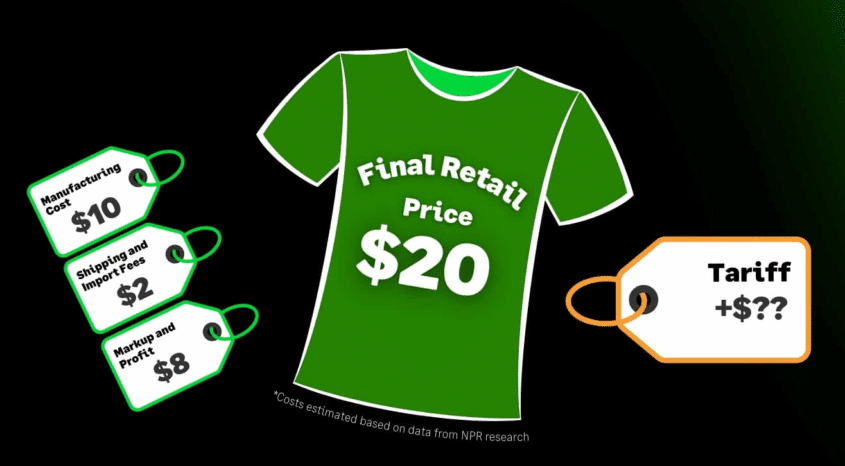For independent retailers, there is nothing more vital than the selling of stored inventory in a timely manner. A product that sits in your warehouse for a prolonged period of time takes up store space and costs you money in the process. The risk of this becomes more apparent with retailers branching out across multiple sales channels, as sell through rate varies from channel to channel – your Amazon stock may deplete long before your eBay stock, for example. Find out how to manage your products effectively, ensuring that your sell through rate is maintained at a consistent level across all sales channels.
Product Performance
Build a product hierarchy in order to visualize and sort your products – order them by type, brand, and target demographic. Identify the best and worst performing items at each level, Factoring in time between storage and sale, as well as the number of returned items. Analyse your sales against this hierarchy. Use this analysis to drive your merchandising decisions.
You can then identify slow moving products and clear them out. This can be done by marking down the price, including in a product bundle, or even giving away free with a higher-end item. The sooner these items are cleared, the sooner you can reclaim your warehouse space, and order a new range of high performing products or brands.
Ensure you understand the true margin vs inventory cost associated with each product by allocating full landed costs, including: shipping costs, taxes, insurance, storage, etc. This may highlight products that are not profitable for you which you may want to discontinue or adjust pricing.
Channels
Managing multiple channels can be tricky; consumer behaviour on Amazon may be very different from that of eBay, or your physical stores. As a result, different types of stock will deplete at varying speeds due to the disparity between sales channels. Compartmentalise your stock, assigning groups of them by channel and observe how often you have to restock. Again, be sure to factor in outgoing costs and marketplace fees.
Another way of managing your sell through rate on each channel is to ensure that you fully understand the market. Check to see what your competitors sell on Amazon, for example. Are they selling mainly their low-end stock, or their high-end products? Do their prices vary much compared to their ecommerce website or physical stores? This information can help you to decide on what to sell and what price to offer to ensure that there is a demand for your products in the first place. Doing this can ensure that the stock that is allotted for each channel is depleted at an economically viable rate.
Customers
It is also important to understand what your target demographic are willing to pay for each product and brand, and what tends to end up in their basket. Selling your products at a high price may result in a loss of sales and a warehouse full of unwanted goods. Conversely, products that are sold at a much lower price may ensure a quick turnover, but may not cover your outgoing expenses; let alone make a profit.
You can get more tips about running your business efficiently with this ultimate multichannel retail guide.




